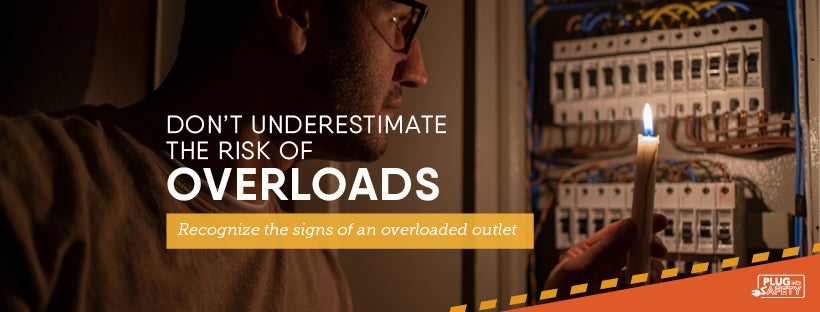It’s a common problem for most of us: relying on a handy dandy extension cord since we have so many devices and not enough outlets to plug them all into. But we at Hendricks Power warn you for safety’s sake, extension cords should only be used short-term.
“It’s easy to grab an extension cord when you’ve run out of outlets,” said Kodi Swafford, Safety and Compliance Director at Hendricks Power. “Their convenience is undeniable. But relying on them day-in-and-day-out means your home doesn’t have enough outlets.”
Why is that a potential problem? Electrical overloads can occur when your home draws more electricity than a circuit can safely handle. When a circuit receives too much electricity, it causes the circuit breaker to trip. That shuts power off to the entire circuit.
Breakers are critical components to the circuit’s safety. If there were no breaker in the circuit, an overload would occur, causing the wires to overheat. That could lead to a fire.
There are several signs which could indicate whether circuits in your home are overloaded. Among them:
• Flickering, blinking or dimming lights.
• The outlet switch covers are warm to the touch.
• Burning odors from outlets or switches.
• Frequently tripped circuit breakers.
• Crackling, sizzling or buzzing from receptacles.
• Mild shock or tingles after touching appliances, receptacles or switches.
• Power tools, appliances or electronics seem to lack adequate power.
If any of these things are occurring, head to your circuit panel. It’s usually located in the basement or garage. Check to see if any of the switches in the panel have been tripped or partially tripped. Turn them off — then back on again.
Knowing what is on each circuit will help you navigate possible overloads in the future. Hendricks Power suggests consumers grab a notepad and pencil to map their home’s circuits. Do this before potential problems occur. You’ll be glad you took the time to familiarize yourself with the circuit panel ahead of time.
Source: Electrical Safety Foundation International
- Log in to post comments



